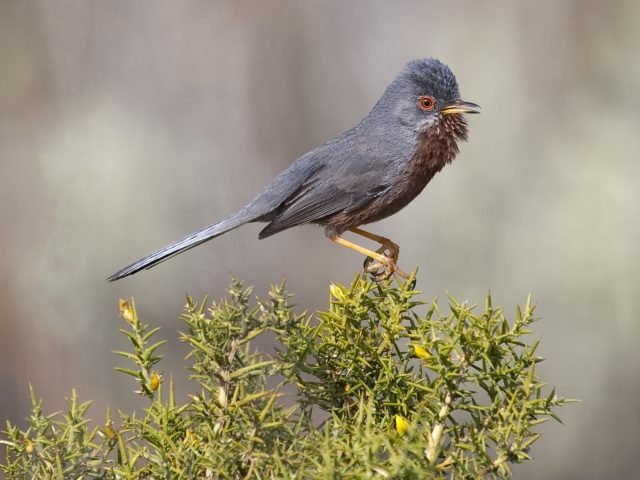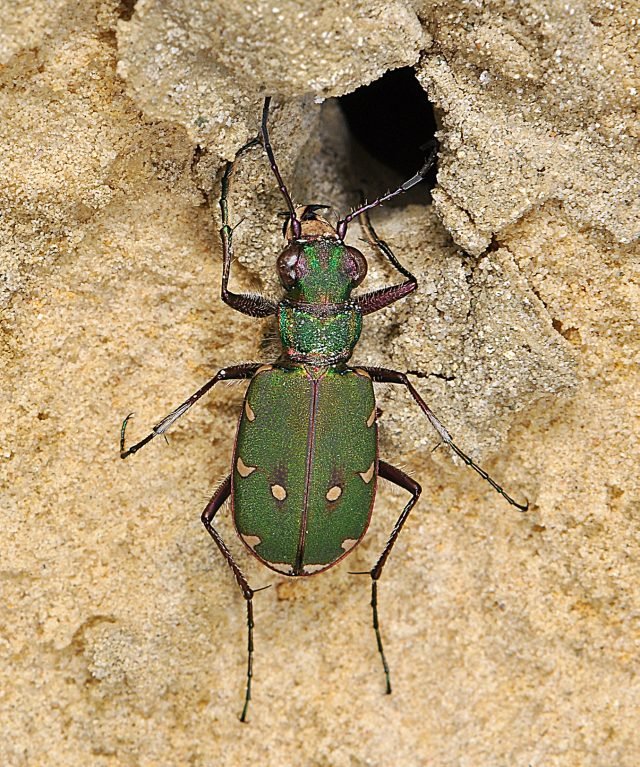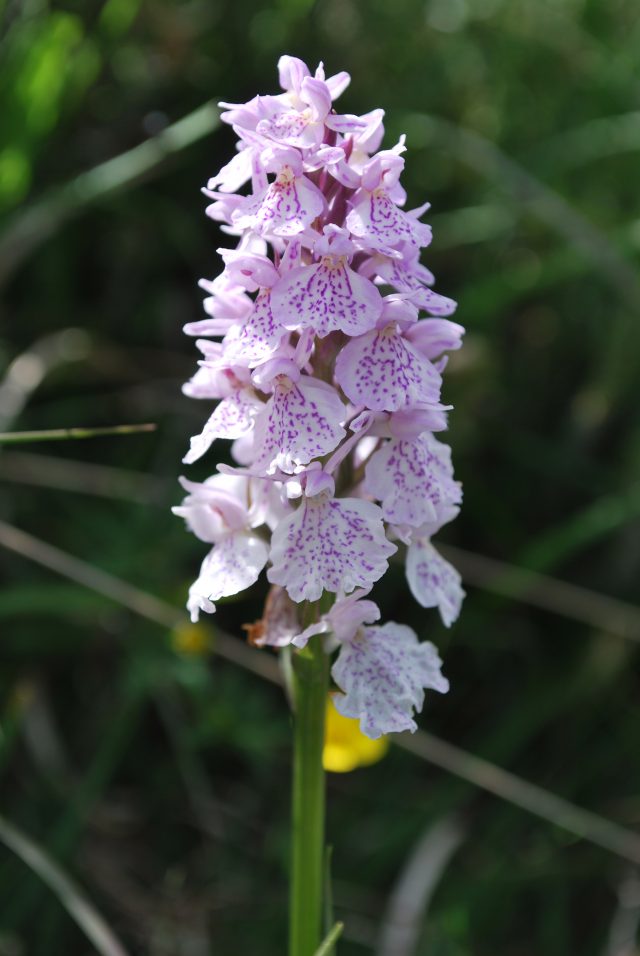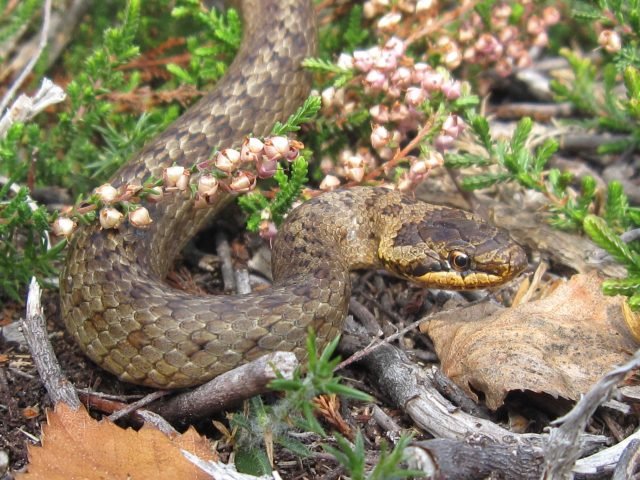New Forest is the best place for internationally rare habitat
PUBLISHED ON: 5 JUNE 2019There are no jaguars or giant anacondas in the New Forest National Park. But, when it comes to ecological importance, this place is home to habitats that are actually rarer than the mighty Amazon rainforest.
Why?
Because the New Forest has the most extensive area of heathland – land that is below 300 metres in altitude characterised by dwarf shrubs growing on acidic soil – remaining in Europe (over 10,000ha).
For this reason it’s been recognised with an international nature conservation designation as a Special Area for Conservation but, says New Forest National Park Ecologist, Ian Barker, what makes it so special is that it is actually a ‘mosaic of habitats’.
‘It’s very much an intimate mix of dry, wet and humid lowland heath, wetlands, acid grassland and wood pasture and is one of the few places in the UK where you get all these different habitats nestling up against each other and mixing in together – you often can’t really see the boundaries as it transitions,’ he says. ‘Biologically, this helps to make it extremely diverse.’
It’s also, surprisingly, almost entirely man-made.
‘It’s a cultural landscape formed by the actions of man over thousands of years,’ he says. These actions included tree felling which removed the source of nutrient for the soil, making it more acidic and less fertile, which in turn allowed different species to establish and thrive.
The New Forest’s lowland heath is still managed today, not just by the actions of the ponies, donkeys and livestock which roam the National Park, but also by humans, who undertake controlled burning to manage gorse and prevent the invasion of scrub. ‘If scrub became established again it would invade the valuable, more open habitats and change the soil nutrient level,’ says Ian, who explains that the ‘washing out’ of these nutrients from the soil has helped established the conditions that plants such as heather species need to thrive. ‘It means that no one plant has become dominant,’ he says.
And that’s what makes it so important for the creatures and plants that live here, some of which are barely found anywhere else in the UK.
‘If people think of the New Forest National Park area as a setting, the rare plants and animals and insects are like jewels embedded within it,’ says Ian. ‘Coming across a green tiger beetle, a nightjar, or a bog orchid is literally like finding a little gem.’
And given that lowland heath is so rare, and that the Forest has a relatively large, contiguous area, there are a huge number of gems to discover.
The best-known is probably the Dartford warbler. ‘The male has been described as being the punk of the bird world and it’s certainly very distinctive-looking,’ says Ian, describing a ‘ long tailed warbler with red eye ring‑and rusty plumage’, which can be spotted singing its scratchy song on top of the heathland gorse bushes.

‘Green tiger beetles are not restricted to the heathland but they like this area and are wonderful things to find; a beautiful iridescent green colour, the same size as a thumbnail,’ he says.

He is also keen to encourage visitors to ‘get on their hands and knees’ and look carefully at the heather. ‘From above heather can look very similar but look more closely and you’ll discover the ling flowers are quite different from the bell heather and you can also find cross-leaved heath,’ he says.
Forest treasures
However, there are three particular Forest treasures, which Ian says, are worth keeping an eye out for.
‘Our orchids really are beautiful,’ he says. ‘They benefit greatly from what we call the Open Forest, the core New Forest, which is unsown, grazed and is not subject to any agricultural improvement; no fertilisers or use of chemicals.’

The orchid that visitors are most likely to see is the heath spotted orchid although, says Ian, the wetland areas of the lowland heath are particularly important as one of the few places to spot a bog orchid in lowland England.
Bird lovers – or anyone who enjoys tracking down a creature of myth and mystery – will want to spot a nightjar, a highly-camouflaged, ground-nesting species which appears at dusk to catch insects and moths, and which makes a strange ‘churring’ sound.
However, Ian’s particular interest is the smooth snake; he’s part of a survey of the creatures, which are so-called because, unlike the other British snakes, they do not have a small ridge on their scales.

‘They are quite difficult to find but it you are lucky enough to spot one it’s fascinating to watch them,’ he says. Smooth snakes are nonvenomous and completely harmless to humans and pets, preferring to crush their very small prey. The survey will discover how and where they are thriving in the National Park.
‘Some people feel the lowland heath is a bit bare, and because it is not a habitat which has large species, can’t be wildlife rich,’ says Ian. ‘But beauty is in the eye of the beholder and if you can take a little more time, and look a bit more carefully, you can find the most wonderful things to see.’
Check out our wildlife and plants pages to discover more about the amazing flora and fauna that calls the Forest home.
Header image by Andy Hill.

